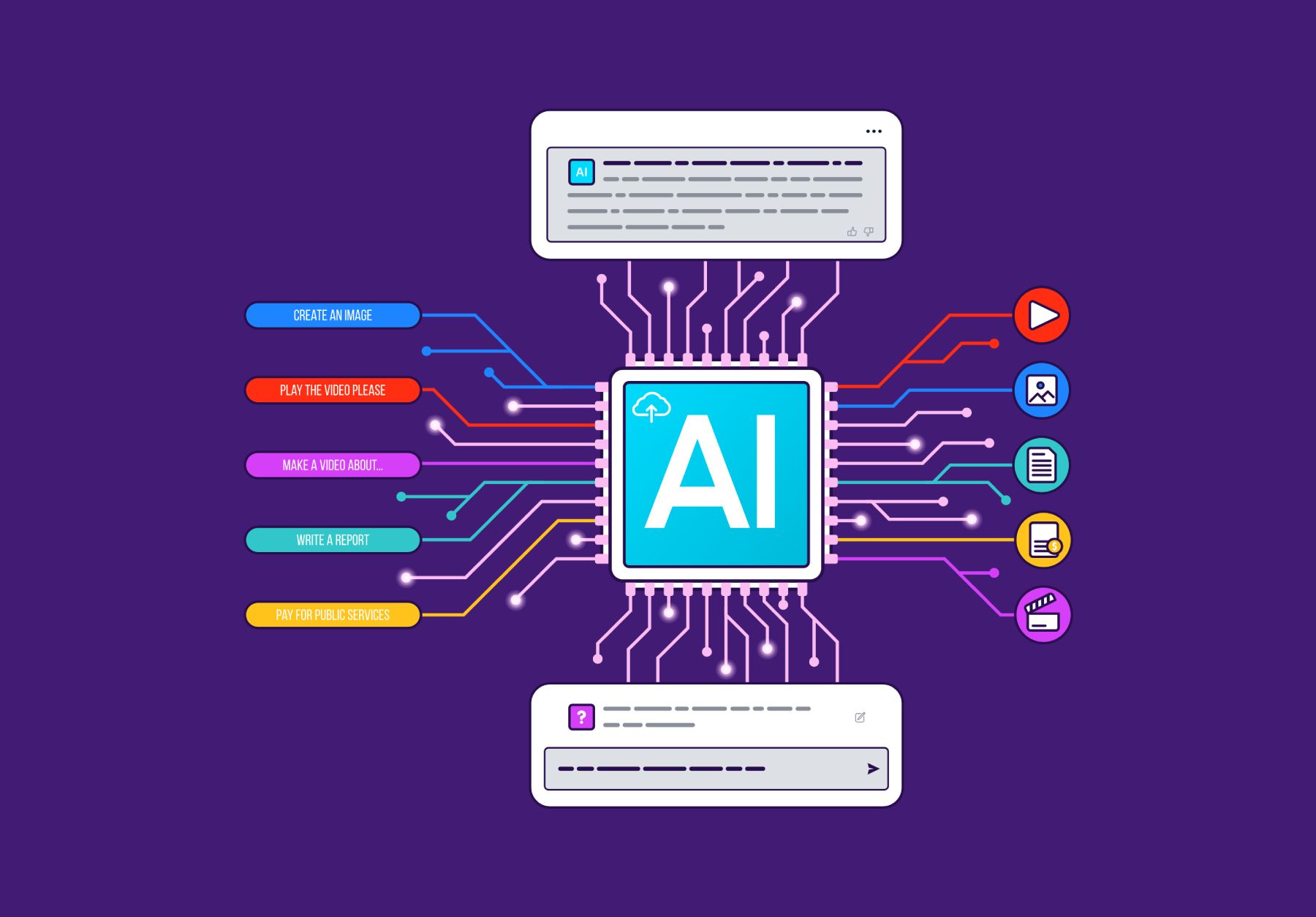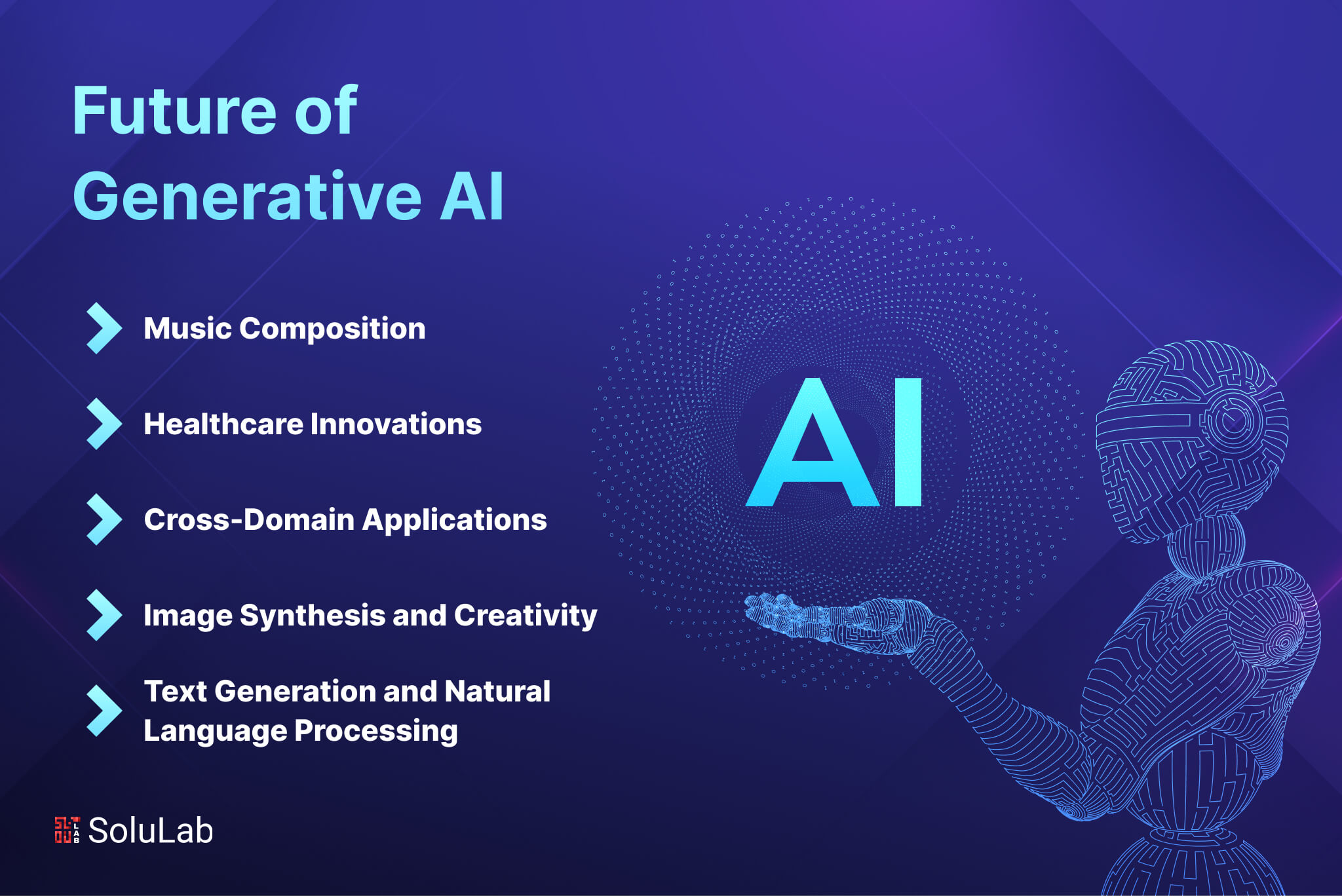All Categories
Featured
Table of Contents
Such models are trained, using millions of instances, to predict whether a specific X-ray shows signs of a growth or if a particular debtor is most likely to skip on a car loan. Generative AI can be thought of as a machine-learning design that is trained to develop new data, as opposed to making a forecast regarding a particular dataset.
"When it concerns the actual equipment underlying generative AI and various other kinds of AI, the differences can be a bit fuzzy. Frequently, the same formulas can be used for both," says Phillip Isola, an associate professor of electrical design and computer system scientific research at MIT, and a member of the Computer technology and Artificial Intelligence Laboratory (CSAIL).

Yet one large difference is that ChatGPT is far bigger and more complex, with billions of parameters. And it has been educated on a massive quantity of information in this situation, a lot of the openly available message on the net. In this significant corpus of text, words and sentences appear in series with specific dependencies.
It learns the patterns of these blocks of text and uses this understanding to propose what could follow. While bigger datasets are one stimulant that led to the generative AI boom, a variety of significant study breakthroughs additionally brought about even more complicated deep-learning architectures. In 2014, a machine-learning design called a generative adversarial network (GAN) was proposed by scientists at the College of Montreal.
The generator attempts to fool the discriminator, and in the procedure finds out to make even more realistic outcomes. The photo generator StyleGAN is based on these kinds of models. Diffusion versions were presented a year later on by researchers at Stanford University and the College of California at Berkeley. By iteratively improving their output, these designs learn to generate brand-new data examples that appear like examples in a training dataset, and have been used to develop realistic-looking images.
These are just a few of many approaches that can be used for generative AI. What every one of these strategies have in usual is that they convert inputs right into a set of symbols, which are numerical depictions of portions of data. As long as your information can be converted right into this criterion, token layout, then in theory, you can apply these approaches to generate brand-new data that look comparable.
How Does Ai Process Speech-to-text?
Yet while generative designs can attain incredible results, they aren't the finest selection for all kinds of information. For tasks that include making predictions on structured data, like the tabular data in a spread sheet, generative AI designs tend to be outshined by typical machine-learning methods, states Devavrat Shah, the Andrew and Erna Viterbi Teacher in Electrical Engineering and Computer Scientific Research at MIT and a member of IDSS and of the Lab for Info and Decision Solutions.

Previously, people had to speak with machines in the language of machines to make things take place (Conversational AI). Now, this user interface has identified how to talk to both humans and machines," states Shah. Generative AI chatbots are currently being used in telephone call centers to field questions from human clients, yet this application underscores one prospective red flag of executing these models worker variation
How Is Ai Revolutionizing Social Media?
One appealing future direction Isola sees for generative AI is its usage for manufacture. Rather of having a design make a photo of a chair, maybe it can produce a strategy for a chair that might be produced. He likewise sees future usages for generative AI systems in creating much more normally intelligent AI representatives.
We have the ability to assume and fantasize in our heads, ahead up with fascinating ideas or plans, and I think generative AI is one of the tools that will certainly equip representatives to do that, also," Isola says.
Machine Learning Trends
Two additional recent advances that will certainly be talked about in even more information below have actually played an essential component in generative AI going mainstream: transformers and the breakthrough language versions they enabled. Transformers are a kind of device learning that made it possible for researchers to train ever-larger models without having to classify every one of the data ahead of time.

This is the basis for devices like Dall-E that automatically develop images from a text description or create message inscriptions from pictures. These innovations notwithstanding, we are still in the very early days of using generative AI to create legible message and photorealistic stylized graphics.
Moving forward, this technology might aid write code, layout new drugs, develop items, redesign service procedures and change supply chains. Generative AI begins with a punctual that can be in the type of a message, an image, a video clip, a design, musical notes, or any kind of input that the AI system can refine.
Scientists have been producing AI and other tools for programmatically generating material since the early days of AI. The earliest strategies, recognized as rule-based systems and later as "experienced systems," used explicitly crafted rules for generating actions or data collections. Neural networks, which form the basis of much of the AI and artificial intelligence applications today, flipped the trouble around.
Developed in the 1950s and 1960s, the very first semantic networks were restricted by an absence of computational power and small data collections. It was not till the development of large data in the mid-2000s and enhancements in computer that semantic networks became functional for producing material. The field accelerated when scientists located a means to obtain semantic networks to run in parallel throughout the graphics processing devices (GPUs) that were being used in the computer pc gaming sector to render computer game.
ChatGPT, Dall-E and Gemini (previously Poet) are prominent generative AI user interfaces. Dall-E. Educated on a big data set of photos and their linked message descriptions, Dall-E is an instance of a multimodal AI application that determines links across multiple media, such as vision, message and audio. In this case, it connects the definition of words to visual aspects.
Ai Project Management
Dall-E 2, a second, more qualified version, was launched in 2022. It makes it possible for individuals to produce images in several styles driven by individual triggers. ChatGPT. The AI-powered chatbot that took the world by tornado in November 2022 was constructed on OpenAI's GPT-3.5 implementation. OpenAI has given a way to connect and fine-tune message responses through a chat interface with interactive feedback.
GPT-4 was launched March 14, 2023. ChatGPT incorporates the background of its conversation with a user into its results, replicating an actual conversation. After the unbelievable appeal of the new GPT interface, Microsoft introduced a significant new investment into OpenAI and incorporated a version of GPT right into its Bing search engine.
Latest Posts
How Does Ai Impact The Stock Market?
Is Ai Smarter Than Humans?
How Does Ai Create Art?